NJ Sierra Club concerned Highlands area is 'under attack'
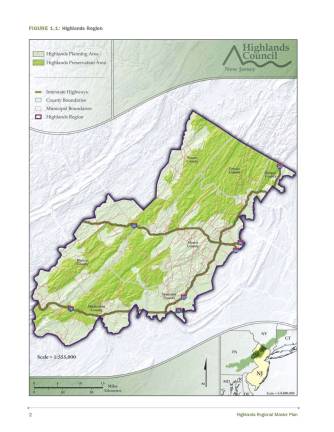
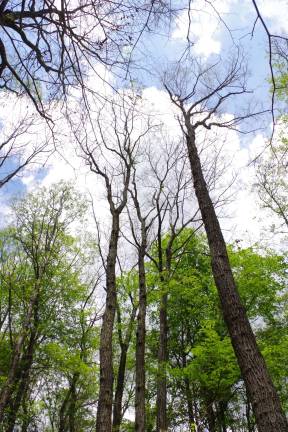
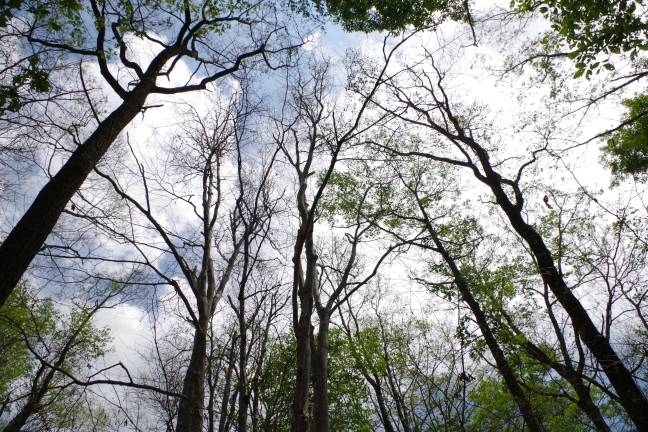
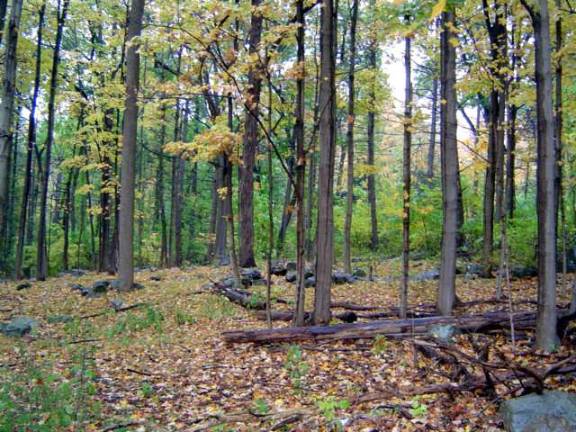
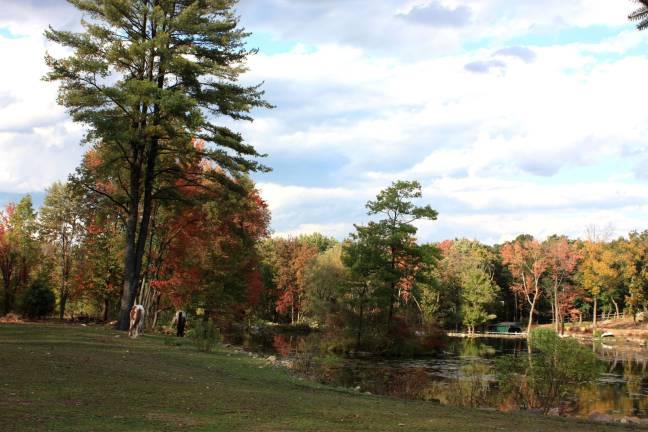
BY ERIKA NORTON
SPARTA - On the 12th anniversary of the signing of the Highlands Water Protection Act, the New Jersey Sierra Club released their annual “report card” on how the Highlands is being protected, and according to the group’s president Jeff Tittel, the Highlands is “under attack.”
“This year is probably the most difficult and troubling of all the years since the Highlands Act was passed,” Tittel said in a teleconference Monday about the group’s report. “It was a landmark day to be able to protect the drinking water, which at that time served over half the people in New Jersey….and on it’s 12th anniversary, what we’re seeing is that the Highlands are under attack. Gov. Christie had said about a year and a half ago that he would repeal the Highlands Act, but the legislature would never let him. So instead, he’s repealing it a step at a time.”
However, Larry Hajna, a spokesperson for the New Jersey Department of Environmental Protection, said that the information the Sierra Club is releasing is “rife with inaccuracies and misstatements.”
The Highlands region, which consists of 880,000 acres of forested land, streams and mountains in northern New Jersey, now provides drinking water to about 64 percent of the state.
Some of the recent legislation, both passed and proposed, that the Sierra Club is most concerned about includes revisions to the Flood Hazard rules, the Water Quality Management Planning rule and the Highlands Septic Density standards. They are also concerned about plans to cut down trees on Sparta Mountain and other forested areas of the Highlands.
Flood Hazard Rules
According to the Sierra Club, the Flood Hazard Area Control Act Rules are being weakened, which will allow more filling of flood-hazard areas in the Highlands and hurt streams in the planning area where there are less protections. These streams include the Rockaway River above Boonton Reservoir, Paulin’s Kill, Lubber’s Run in Byram, Pequannock River in Passaic County, as well as parts of the Ramapo River.Hajna said that the buffer protections for these riparian zones, or the areas between land and a river or stream which are important for wildlife and slowing down flooding, are still in place. The goal of these revisions is to streamline the flood hazard area permitting process by converting six existing general permits to general permits-by-certification and converting four existing general permits to permits-by-rule, making the permit review process more efficient and time sensitive for certain applications.
By condensing the permit process, Hajna said that the NJDEP can give property owners looking to build an addition onto their house but live in a riparian zone, for example, can get an answer of what is allowable sooner and allows the DEP to work with the property owner to try and keep the bulk of the vegetation in tact.
“Through adjusting the type of permits that we issue, we can make this process more workable and actually better protect the waterways while at the same time acknowledging the fact that property owners do have rights to their property,” Hajna said. “It’s not like it's going to open up this riparian zone to rampant development.”
Highlands Septic Density Rule
Another concern is with the proposed changes to the Highlands Septic Density standards, which would change the amount of septic systems allowed per acre in non-forested and forested areas. Currently, one individual septic system is allowed for every 25 acres in non-forested areas and for every 88 acres in forested areas.Under the proposed rule, no more than one individual septic system would be permitted for each 23 acres within the “protection zone,” no more than one septic system would be allowed for each 12-acre lot in the “conservation zone,” and no more than one septic system would be allowed for each 11-acre lot in the “existing community zone.”
According to the Tittel, the data used to create the original protections for forest preservation areas in places like Sparta and Vernon were put in place based on sound science.
“The Christie administration changed it to 400 percent growth in those areas by changing the septic model and therefore changing the densities of development,” Tittle said. “And that in turn will put at least 2,000 more units in the most environmentally sensitive areas of the Highlands and may open it up for even more development.”
Hajna called this claim “egregious,” saying “nothing could be possibly further from the truth.” One of the big complaints about the Highlands Act from a lot of property owners was that the preservation was so rigid that it took away their property rights, according to Hajna, so the one septic unit per 52 acres gives a little bit of flexibility to property owners, a lot of them farmers.
The net increase in the number of septic systems that would be allowed would be about 12 percent more than allowable under the current regulations and is based on updated scientific data.
Water Quality Management Plan
The Sierra Club also feels that the proposed overhaul of the Water Quality Management Planning (WQMP) will allow for more sewer systems and more development in the Highlands.“By allowing an extension of sewers, it will allow more development in environmentally sensitive areas, threatening our water supply, open space and will increase flooding,” Tittel said in a press release. “Combined with the loss in open space and less protection from the Highlands Council, we will see more destruction of environmentally sensitive land in the region.”
According to Hajna, the existing rules rules are complex and lack flexibility, which does not allow for economic growth in areas where development is appropriate. He said these rules will not really come into play in the preservation area.
“We realized we needed to come up with a better way for [allowing] sewer service areas on a statewide basis and again let the municipalities decide this is where we think sewering is appropriate,” Hajna said, and then they still have to meet all of our objectives for habitat protection, water quality protection, and other regulations that come into play.”
Sparta Mountain Plan
Another plan the Sierra Club has been staunchly opposed to is the Sparta Mountain Wildlife Management Area Forest Stewardship Plan, which they feel is a logging plan under the guise of forest stewardship, and will open the forest up to invasive species and impact soil and water qualities.“Their [NJDEP] plan will remove the canopy, which is integral to keep the forested greenway intact,” Tittel said in a statement. “It will interfere with public open space that belongs to all of us and is held in the public trust. There has been a big public outcry against this. We will continue to fight against logging on Sparta Mountain or other parts of the Highlands.”
The NJDEP says this plan will help diversify forest wildlife species and create "young forest habitat" by selectively cutting down old trees within the Sparta Mountain Wildlife Management Area.
A public hearing on the plan was supposed to be held in June, but did not happen.
The New Jersey Sierra Club will commemorate the signing of the Highlands Water Protection Act by hosting a hike, picnic, and swimming event, which will include speakers who will discuss the group’s report. The event will be held on Sunday, Aug. 14 from 10 a.m. to 3:30 p.m. at the Highlands Natural Pool on 150 Snake Den Road in Ringwood.